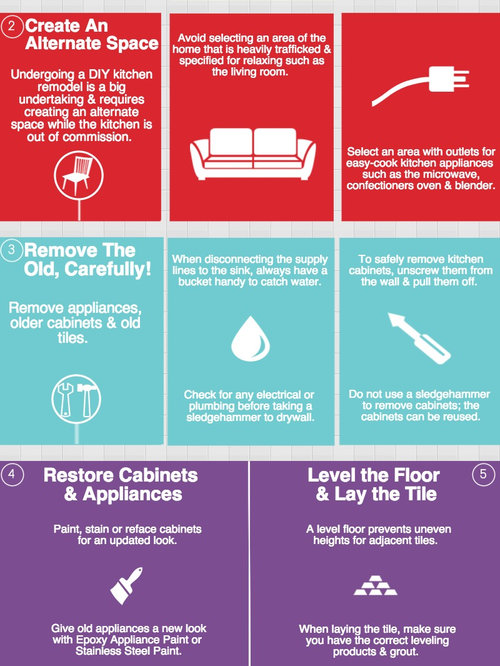How To Budget For Your Flooring Task: A Practical Overview
How To Budget For Your Flooring Task: A Practical Overview
Blog Article
Short Article Developed By-Mcgowan Borg
When you're preparing a floor covering project, budgeting isn't nearly choosing a number; it has to do with comprehending what you absolutely need and the prices entailed. You'll wish to evaluate your particular demands, research study numerous materials, and anticipate unforeseen expenses. Think about just how aspects like room objective and installation methods can affect your budget. But before you jump in, there are some vital details you might ignore that might significantly affect your overall costs. Let's discover just how to browse these intricacies and ensure your project stays on track.
Assessing Your Floor Covering Needs
Before diving right into your floor covering job, it's crucial to analyze your floor covering needs. Beginning by thinking about the particular areas where you plan to install new flooring. Consider the purpose of each space. As an example, kitchens and bathrooms need waterproof materials, while living areas could gain from comfort and aesthetics.
Next, examine the existing conditions of your floorings. Exist any type of architectural issues, such as unequal surface areas or wetness issues? Addressing these problems early on can save you time and money down the line.
Additionally, make note of the measurements of each area to figure out how much floor covering you'll require.
Do not neglect to consider your way of living. If you have animals or young children, longevity might be your leading concern, while a more official area might call for an elegant coating. Furthermore, consider epoxy floor supplier . Do you prefer a timeless appearance, or are you drawn to modern-day styles?
Last but not least, be realistic about how much upkeep you're willing to commit to. Some materials need even more upkeep than others. By understanding concrete flooring , you'll be much better outfitted to make enlightened choices as you progress with your flooring project.
Estimating Expenses and Products
Approximating prices and products is a pivotal step in your floor covering task that can significantly affect your general budget plan. Beginning by gauging your area properly to identify just how much floor covering you'll require. For a lot of products, you'll find pricing by square foot, so collect quotes from different vendors to get a realistic number.
Next, think about the type of flooring you want. Choices like wood, laminate, floor tile, or carpeting all come with various price points. Study visit this page for every and factor in any kind of extra products like underlayment, adhesive, or shift strips.
Do not fail to remember to consist of devices if you're intending a DIY installment, as renting out or buying equipment can contribute to your costs.
you can look here are another important consideration. If you're hiring specialists, obtain price quotes from several contractors to ensure you're obtaining a reasonable rate. Be clear regarding the scope of work to prevent unexpected charges later.
Finally, it's wise to set aside a small portion of your budget for any type of unexpected expenses associated with products. By extensively estimating your expenses and materials upfront, you'll establish on your own up for a smoother and more manageable flooring project.
Preparation for Hidden Expenditures
Many home owners forget the surprise costs that can emerge during a flooring task, which can bring about spending plan overruns. To prevent this, you need to prepare for possible added expenses.
Initially, take into consideration the condition of your existing subfloor. If it's harmed or unequal, you'll likely need repair work or leveling, which can add significantly to your overall expenditure.
Next, consider elimination and disposal fees for your old flooring. Lots of contractors bill added for this solution, so element that right into your budget plan.
Furthermore, do not ignore the prices of underlayment, which may not be included in the first quote but are vital for an effective installation.
You must additionally plan for unexpected difficulties, such as pipes or electric work if your flooring project entails relocating components. It's wise to set aside a minimum of 10-15% of your complete allocate these unanticipated expenditures.
Lastly, remember that licenses might be required for certain setups. Always inspect local regulations to avoid penalties or delays.
Conclusion
Finally, budgeting for your flooring job is necessary for an effective result. By analyzing your needs, estimating costs, and planning for covert expenditures, you'll avoid shocks and remain on track. Keep in mind to reserve a part of your budget for unanticipated costs and maintain a thorough failure of your expenditures. With mindful preparation and consideration, you'll develop an attractive area that satisfies your requirements without breaking the bank. Happy flooring!
